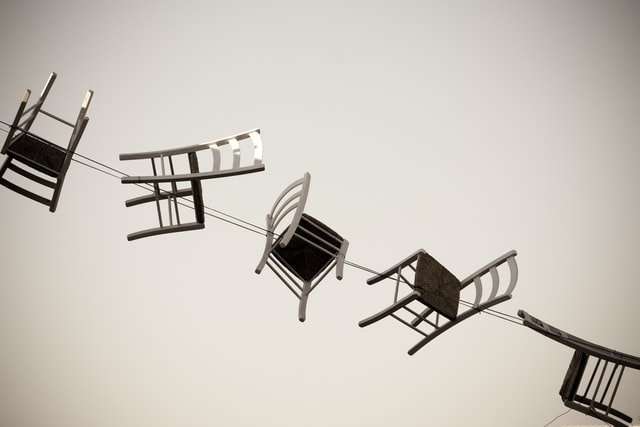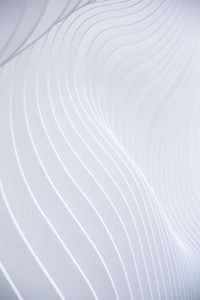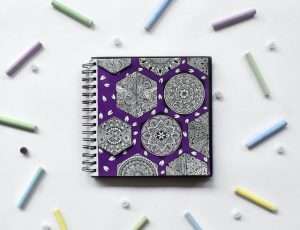I’m a fan of the “How to Draw” genre. I’ve done my share of drawing, and have never been particularly good at it. But I can spot a good piece of art and appreciate how others draw better than I do.
Trying to figure out how someone is creating their art is a great way to learn more about art. It’s not just the technical skill, but also the mindset that went into making it. How they think about lines and shapes in relation to one another. So this blog is going to be about that kind of thing: Lines and shapes in art . Hopefully it will be interesting to people who have never picked up a pencil as well as those who have spent their lives creating with one.
I’ll start with some basics: how lines work, how shapes work, how they interact, how to think in terms of lines and shapes, etc. I’ll also write about specific artists whose use of lines and shapes I find especially interesting or beautiful.*
We look at some of the shapes and forms we use in art. We look at how they are used, what they mean and how they are made. We hope to give you a few ideas and inspire you to learn more about this fascinating subject.
The shapes we see in art are made up of only three basic forms: lines, curves, and angles. Lines are straight or curved. Curves are smooth or jagged. Angles are sharp or round.
The different ways lines, curves, and angles appear in art come from the different combinations of these elements. Artists can make a substantial difference in their work by using these three elements differently.
At some point in the history of painting, artists discovered that these two basic forms could be combined in a way that created an infinite variety of images. Over time they were able to create an entire visual language based on the intersection of lines and shapes. This visual language is what we call art.
The more I got into drawing, the more I appreciated how important this visual language was to becoming a better artist. I found it incredibly helpful to be able to think about each piece as a series of intersecting lines and shapes. Once I started seeing the world in terms of these two elements, my drawings went from being amateurish and flat to much more interesting and dynamic.
Treating each piece as a composition, as a series of overlapping lines and shapes, allowed me to think about the ways I could control the relationship between them. It allowed me to think about creating balance, or adding tension and drama by pushing certain elements apart from others.
**Art is one of the most important parts of a person’s life. It can make you feel anything that you want to feel, even if it’s a feeling that you’ve never felt before.
Art is very important in people’s lives and it can help a lot in the future if you have a talent for art. Art is not just painting and drawing, there are many different forms of art. There are songs, poems, dances and plays.
Art 21 is a show about art and artists. It’s an opportunity for you to discover the work of influential and important contemporary artists, and to learn more about them.
Art 21 also provides an opportunity to learn how contemporary art is made, how it is produced and created. These artists often use new technologies and materials in their work, reflecting their ideas about the way we live now. This creative process is often a collaboration between the artist and the art world, which supports and promotes their ideas.
The art that you see here is sometimes difficult to understand or appreciate, but the artists who make it are not trying to confuse you or trick you. You can read more about that here: http://art21.org/blog/2015/11/13/if-its-difficult-to-understand-then-its-probably-bad/
A square is a rectangle with four equal sides. A rectangle is a quadrilateral where opposite sides are parallel and of the same length.
A trapezoid or trapezium has one pair of parallel sides and a parallelogram has two pairs of parallel sides.
A rhombus or rhomb is a parallelogram with all angles equal.
A circle is defined as the locus of all points in a plane that are at the same distance from a fixed point, called the center. A circle is round if every line segment connecting two points on the circle is entirely contained within it, and not circular if it is not.
Trapezoids and circles can be used to create rectangles and ovals, respectively, by adding or subtracting segments.



